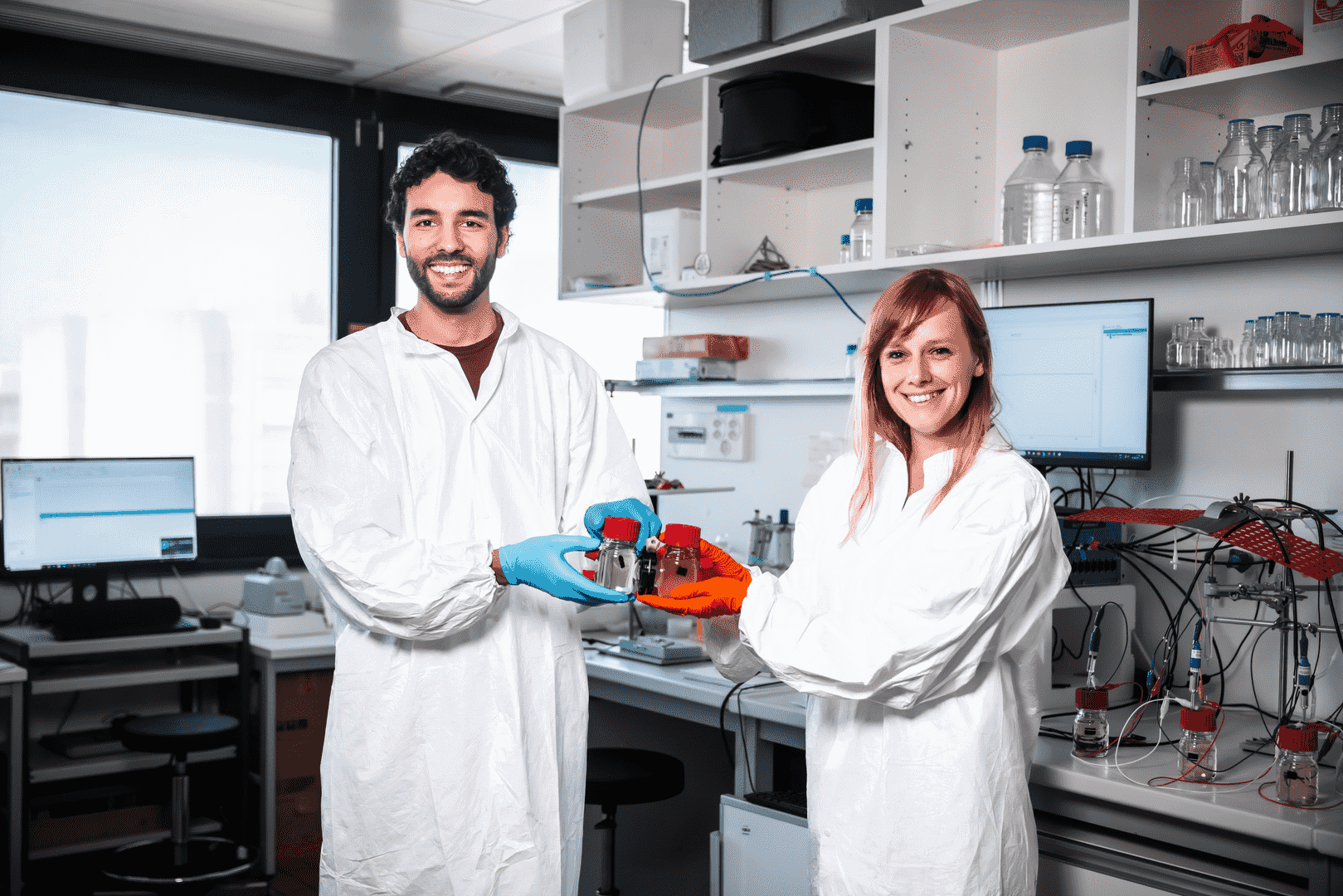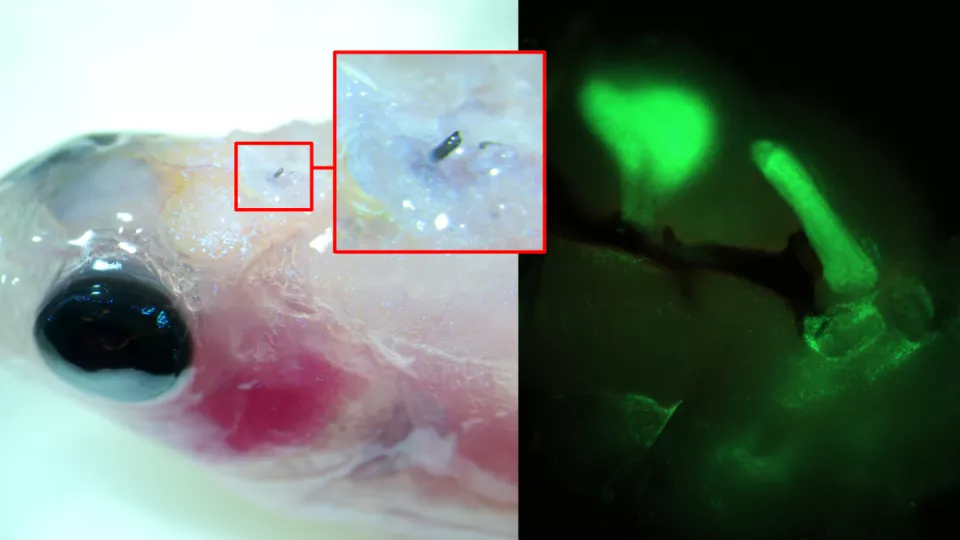
Where one person gets very sick of invasive streptococcal infections, the other might not even noticed he’s infected. Why is that? According to researchers from Lund University in Sweden, the answer lies in our genome.
Carriers of a certain variant of the STING gene are at greater risk, particularly if they encounter the bacterial strains that have increased in the western world since the 1980s. The findings, published in Nature Communications, could pave the way for better treatments in cases where disease development is often rapid and fatal.
- Genetic variations impact how individuals respond to killer bacteria infections, leading to varying degrees of severity in symptoms and outcomes;
- Differing immune system responses play a crucial role in determining the severity of infections caused by killer bacteria, explaining why some people experience more severe symptoms;
- The composition of an individual’s microbiome can influence the interaction with killer bacteria, affecting the severity of the infection’s impact on their health.
Group A streptococci
Group A streptococci are fairly common bacteria that can cause, among other things, strep throat or impetigo. However, if the bacteria become invasive, the situation can become very dangerous. In this case, the name sometimes changes to murder bacteria or flesh-eating bacteria and can give rise to life-threatening conditions such as blood poisoning and septic shock, or soft tissue infections that may make an amputation necessary.
Invasive streptococcal infections have increased in recent decades. The reason for this is not fully understood.
The outcome of infections can vary considerably, and it is still unknown why certain infected individuals develop life-threatening conditions while others don’t.
“Our hypothesis was that it depends on an interplay between the genes in people and bacteria. Very little was previously known about how different variants of genes in the bacteria and our immune system interact and affect the outcome of infectious diseases,” says Fredric Carlsson, researcher in infection biology at Lund University.
Fundamental biological mechanisms
Together with colleagues at, among others, Lund University, Karolinska Institute and Harvard, his research team has over the past five years studied the fundamental biological mechanisms that explain how the potentially aggressive streptococcus bacteria affect people.
The researchers’ hypothesis proved to be correct – the genes are different and that affects the risk of developing serious conditions.
The results, published in Nature Communications, provide a molecular explanation of how group A streptococci give rise to tissue-degrading and life-threatening inflammation.
The study also shows how the severity of an infection depends on the interplay between one gene – STING – in our immune system and a bacterial enzyme found in the bacteria that have become more prevalent in the western world since the 1980s. This explains why some people are more severely affected than others.

A person with the ”bad” gene variant of STING has a twenty per cent risk of having a limb amputated in the event of an invasive infection by the worst bacteria. For people with the ”good” gene variant, the risk is only three per cent. The percentage of patients suffering from septic shock also differs depending on the interplay between our STING variants and the bacteria’s enzyme activity.
“The difference is due to a unique combination of genetic material from the host and pathogen. This is partly due to that fact that the immune system of people with a certain variant of the STING gene triggers a misguided and dangerous inflammatory response. The other factor is that the outcome also depends on whether we are infected by the bacteria that are more aggressive because they have a very active variant of the NADase enzyme. Conversely, normal activation of the immune system due to another STING variant and lower bacterial enzyme activity is associated with protection,” says Fredric Carlsson.
The researchers have not studied the recent outbreaks of streptococcal infections among children in the UK and Denmark. However, a commonly held view is that the increase is a consequence of the pandemic, as countries with a lockdown strategy were subjected to fewer infections than normal, with the result that protection declined among certain groups.
In their continuing work, the researchers will focus on gaining a more detailed understanding of the molecular mechanism by which the bacteria block STING and a normal inflammatory response.








